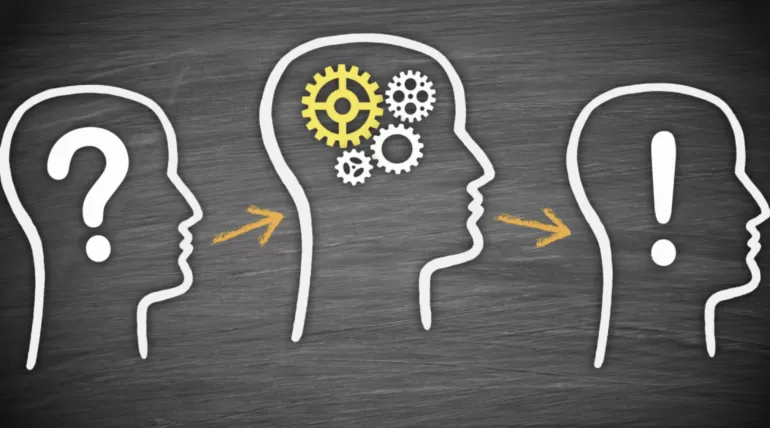


Dec, 28 2024
Psychologists have been studying human behavior motivations for decades. With advancements in scientific research and technology, they have uncovered some secrets of the human brain, one of the most complex systems in the universe. These studies have provided various explanations for the irrational decisions people make, even as they strive to achieve the maximum benefit in their daily lives.
Behavioral biases, also known as cognitive biases, are defined as systematic errors in thinking that occur in certain situations. These biases can lead to inaccurate conclusions and negatively impact decision-making processes by causing the brain to focus excessively on certain pieces of information while ignoring others.
In this article, we’ll explore 4 common behavioral biases that influence customer decisions in marketing and provide insights for marketers to optimize their strategies and boost sales performance.
Also known as the Isolation Effect or Distinction Effect, this bias describes the human tendency to remember distinctly different elements within a list of similar items. For example, if you look at a list of words all written in the same font, size, and color, and one word is highlighted in a different color, you are more likely to notice and remember that distinct word.
This bias was discovered in 1933 by the German psychologist Hedwig Von Restorff, who explained that the human brain is constantly seeking unfamiliar elements, making unique features more noticeable and memorable.
In marketing, the Von Restorff Effect is used to create standout advertising campaigns that are memorable and eye-catching. For instance:
A famous example of this effect is the Mercedes-Benz commercial that used a chicken to demonstrate their Magic Body Control technology.
This bias, studied by American psychologist Barry Schwartz, was detailed in his 2004 book "The Paradox of Choice." Schwartz showed that having too many options does not make decision-making easier. Instead, it often leads to stress, anxiety, and dissatisfaction.
When customers are overwhelmed by numerous options, they may:
In e-commerce and marketing, minimizing the number of choices available to customers can make decision-making simpler and more satisfying. For example:
Also known as the Metaphorical Bias, this describes how the human brain quickly retains metaphors and analogies because they stimulate the imagination and evoke mental images.
In marketing, metaphors are powerful tools to enhance content quality, effectively convey messages, and attract more customers. Some famous examples of metaphor use in marketing include:
Metaphors help convey complex ideas in a straightforward way, making them a valuable tool for improving the marketing experience and boosting conversion rates.
Also referred to as the Default Bias, this describes the human tendency to select the default or pre-set option because it requires minimal mental effort.
For example, when installing new software, most users opt for "default installation" rather than customizing the settings.
In digital marketing, the Default Choice Effect can be leveraged by:
This approach reduces decision-making complexity and encourages customers to take action quickly, ultimately increasing sales and enhancing the customer experience.
Behavioral biases such as the Von Restorff Effect, The Paradox of Choice, The Metaphor Effect, and The Default Choice Effect are powerful tools that marketers can use to understand customer behavior and influence their purchasing decisions.
By strategically applying these biases, you can enhance marketing campaigns, increase engagement, and drive sales, making your brand stand out in the market.
Start incorporating these behavioral insights into your marketing strategy today and achieve your desired success!